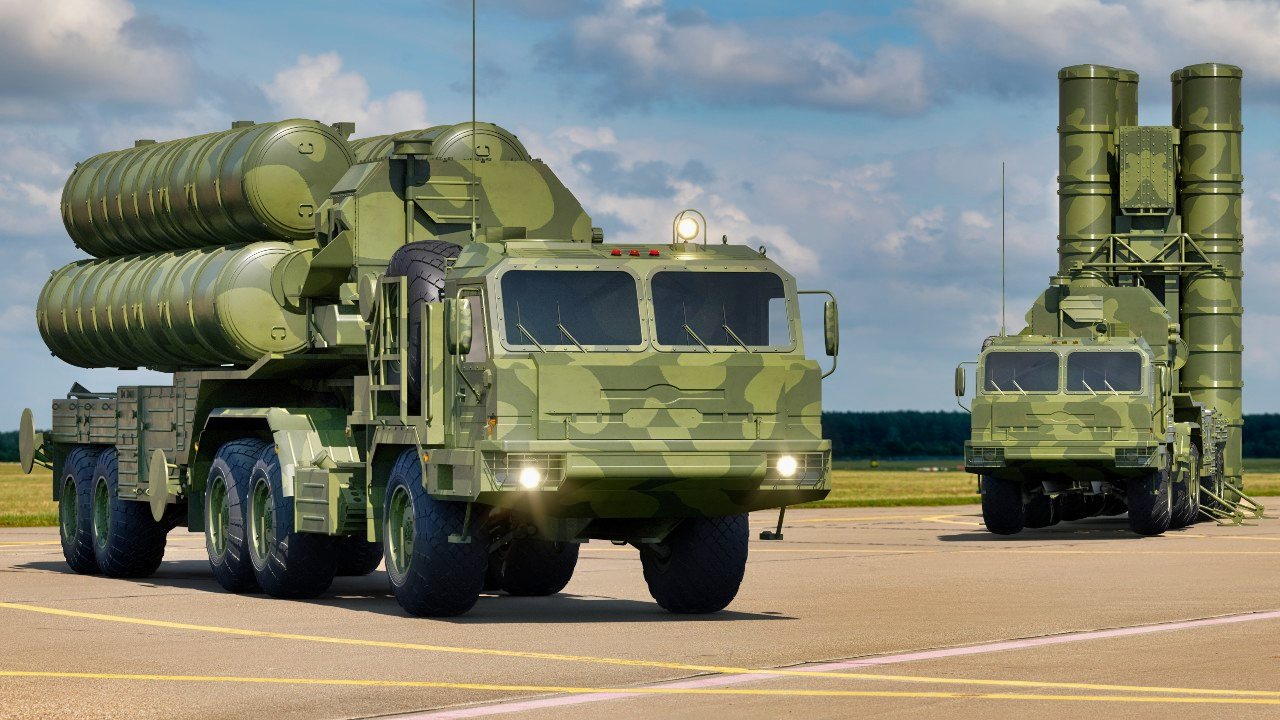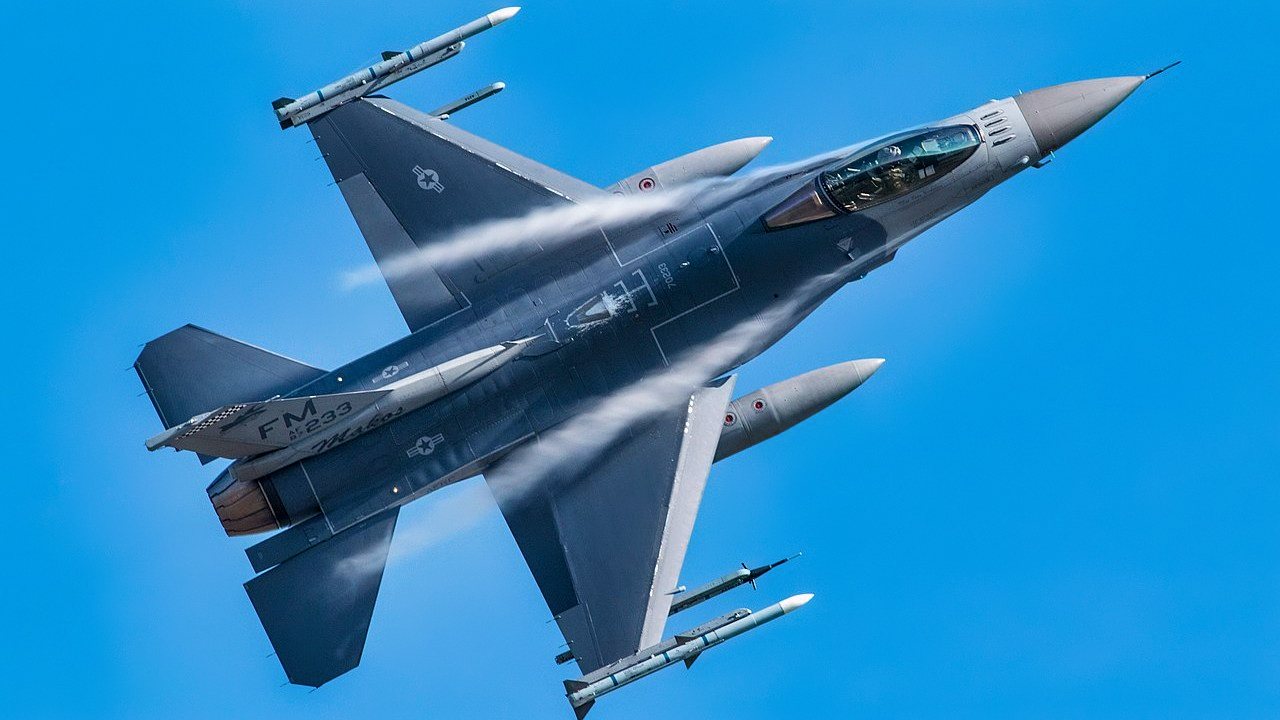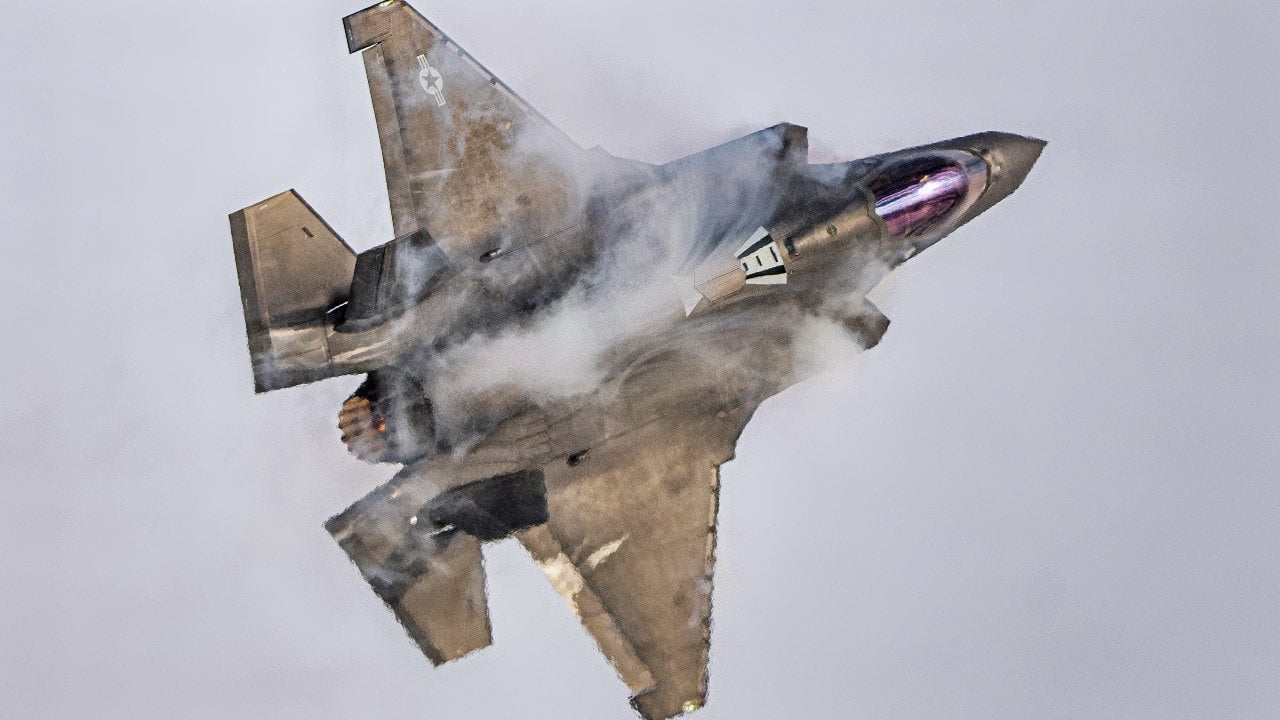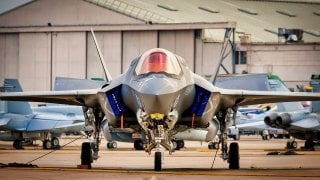Turkey is Getting the F-16 Fighter But F-35s are Still Possible
Turkey was infamously ejected from the F-35 Joint Strike Fighter program following its acquisition of the Russian-made S-400 "Triumf" air defense system. However, it might be possible that Turkey could rejoin the F-35 program after all.
Turkey is Getting the F-16 But it Could Still Get the F-35: Turkey was infamously ejected from the F-35 Joint Strike Fighter program following its acquisition of the Russian-made S-400 "Triumf" air defense system. The United States and NATO leadership argued that the two systems were not compatible and that it could compromise the security of the fifth-generation stealth fighter.
However, it now appears that Ankara could return to the program.
"We were in the process of negotiating the Patriot sale, and while those negotiations were going on, Turkey went in another direction ... Frankly, if we can resolve this S-400 issue, which we want to do, the USA would be pleased to welcome Turkey back into the F-35 family. But we must solve this other issue first, and while we solve it, we must also ensure that Turkey has a strong air defense," Acting Deputy Secretary of State Victoria Nuland said during a visit to Turkey, CNN Turk television first reported.
Nuland's trip was aimed at "reinvigorating" ties between the two countries, and her comments came just days after the White House called for U.S. lawmakers to approve the transfer of forty U.S.-made F-16 Fighting Falcon fighter jets along with modernization kits for Turkey's current fleet of aircraft.
The acting deputy secretary further said that efforts have been made to convince Congress that "Turkey's development of the F-16 fleet is very important for American security, and that being fully active and participating at this level is important for burden sharing among the allies."
"Turkey's acquisition of these jets is a priority for the USA," Nuland added.
Ankara likely would be quite eager to rejoin the F-35 program, as it had been a part of the supply chain for the fifth-generation stealth fighter, and reportedly paid $1.25 billion to participate in the effort. Producing parts for the F-35 Lightning II was also expected to have generated $9 billion in revenue for Ankara, while six F-35 aircraft produced for Turkey were not delivered.
Does Turkey Even Want the S-400?
For its part, Ankara claimed it was forced to purchase the S-400 Triumf as Washington refused to sell Turkey the U.S. Patriot missile system. However, despite Turkey's determination to move forward to adopt the Triumf, the system hasn't been made operational.
In December, Turkish Defense Minister Ya ar Güler told reporters that the S-400 system would only be utilized when needed.

"This is a defense system. Don't we use a defensive weapon when someone attacks us? No country launches an attack on another by declaring, 'I will attack you in two hours.' In a wartime scenario, you need to move your aircraft, operate hundreds of trains and declare mobilization, and so on. In other words, for a country to launch an airstrike on another without anyone noticing is very difficult," Güler told journalists, per NordicMonitor.com.
Moscow had sent two S-400 batteries as well as more than 120 long-range missiles as part of the agreement along with experts to train Turkish soldiers on how to operate the Triumf. A second batch has yet to be delivered.
Russia's Air Defense System in the Crosshairs
The S-400 Triumf system (NATO reporting name: SA-21 Growler), which was developed and produced by Almaz-Antey, was designed to provide protection from airstrikes including cruise, tactical and operational ballistic missiles as well as intermediate-range missiles in a radio-jamming environment.
It can also be used against ground installations. The S-400, which can also launch 40N6 missiles, is designed to engage targets at a distance of up to four hundred kilometers at up to six times the speed of sound, and at an altitude of up to thirty kilometers under intensive enemy fire and jamming. It first entered service in 2007.

The S-400's mission set and capabilities are considered to comparable to the U.S. Patriot system. Yet, unlike some Patriot interceptors, the S-400 does not currently employ hit-to-kill ballistic missile defense technology.
At the start of 2023, Russia had 96 S-400s in service. At least five of the systems have come under attack – including strikes on the command posts, launcher or radars.

Author Experience and Expertise: Peter Suciu
Peter Suciu is a Michigan-based writer. He has contributed to more than four dozen magazines, newspapers, and websites with over 3,200 published pieces over a twenty-year career in journalism. He regularly writes about military hardware, firearms history, cybersecurity, politics, and international affairs. Peter is also a Contributing Writer for Forbes and Clearance Jobs. You can follow him on Twitter: @PeterSuciu. You can email the author: [email protected].


